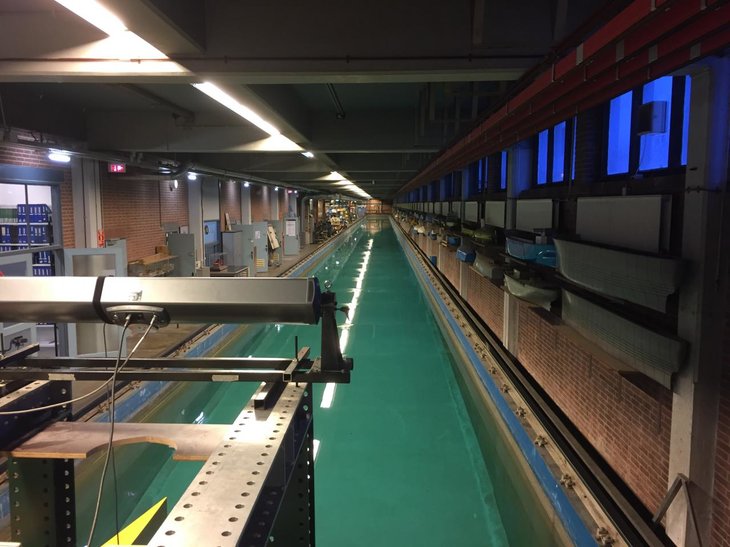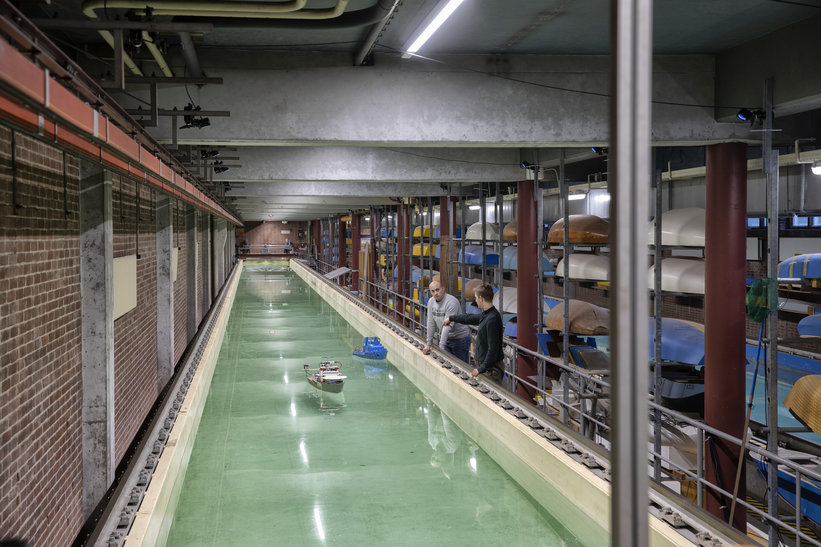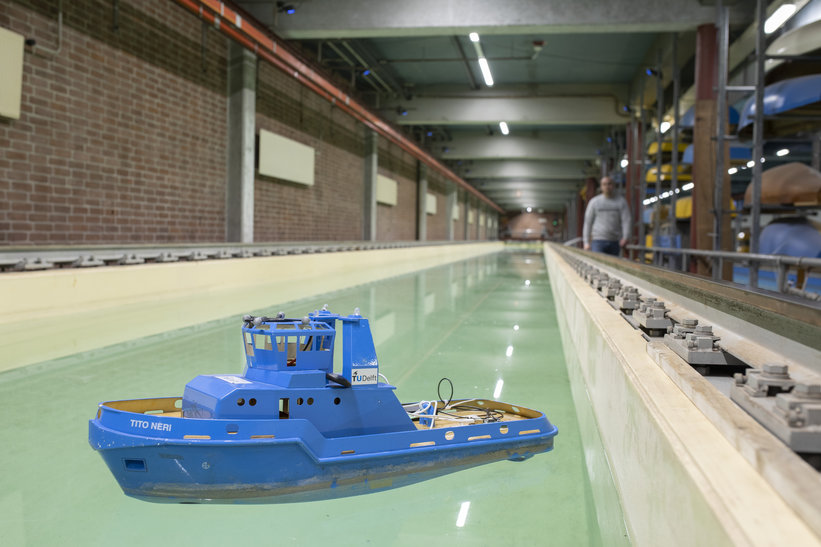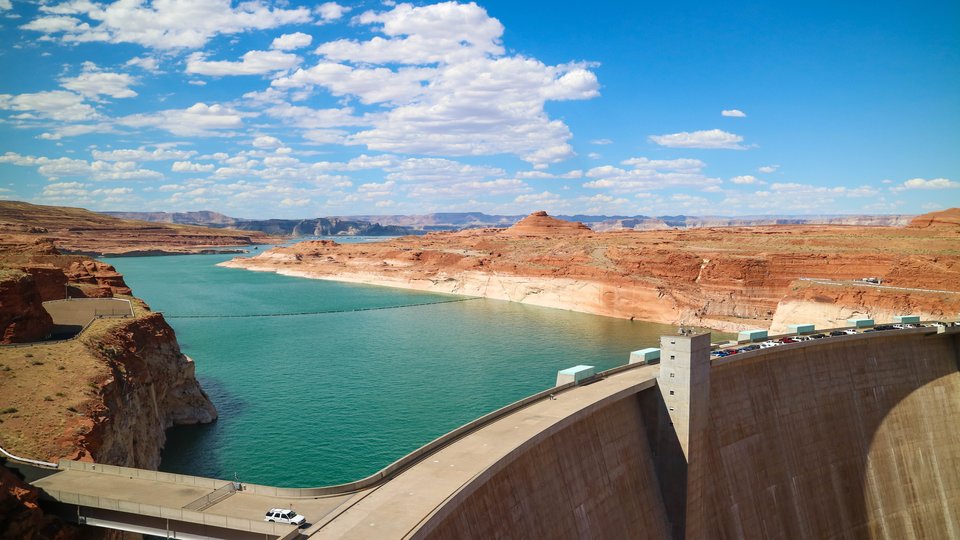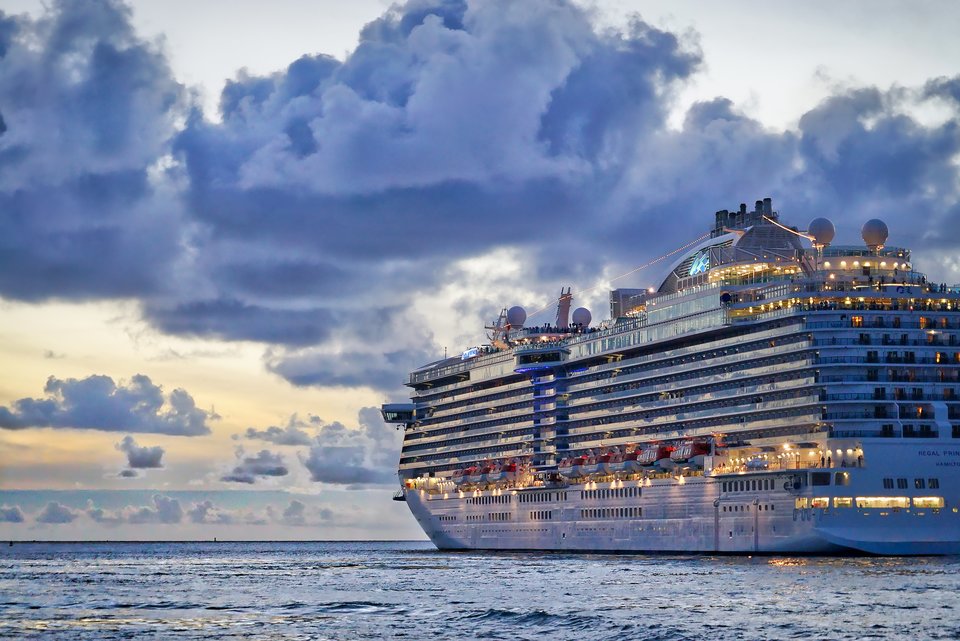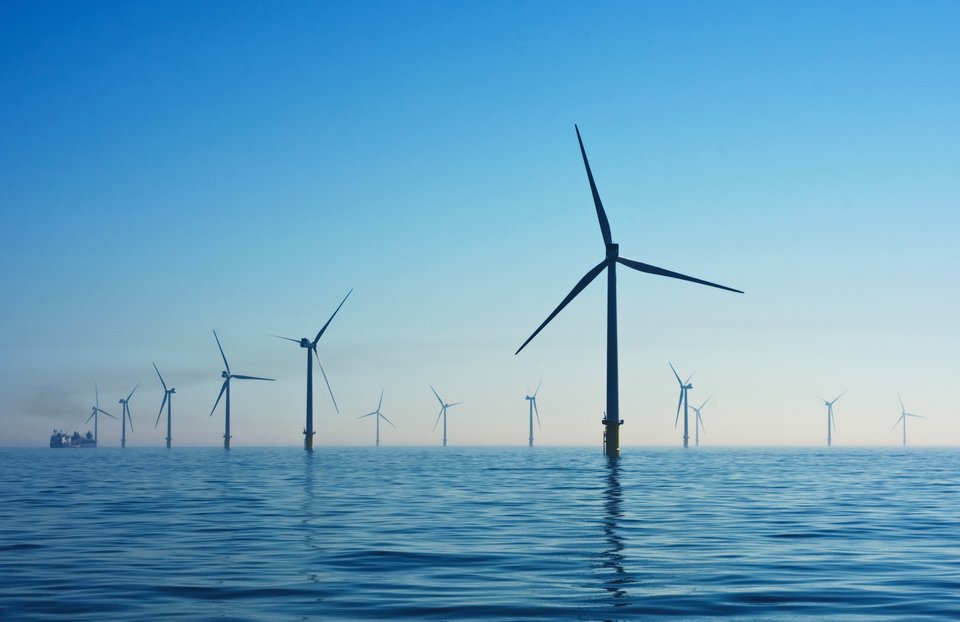This theme is about the energy transition: generating, storing and using energy from renewable sources. The maritime sector wants to contribute to this transition as well. The International Maritime Organization has set a target to reduce greenhouse gas emissions by 50 per cent by 2050. This implies the need for electrification, chemical forms of electricity storage and an increase in amount of renewable energy generated.
This theme examines the steps that can be taken during this enormous shift for the maritime sector. In a limited number of cases, it means switching to battery-powered vessels. However, for the time being this is not feasible for larger vessels travelling longer distances. They need propulsion systems that run on biofuels or on fuels produced from sustainably generated electricity, used in internal combustion engines or in fuel cells (hydrogen). In the fuel cell option, hydrogen could be produced on board from other chemicals.
Research on this theme is divided into two branches. On the one hand, it concerns new, primarily electric, drive systems that run on sustainably generated energy, and all of the consequences that this has for the design of this new generation of vessels.
On the other hand, it concerns research that helps to increase the generation of renewable energy, especially offshore. This could involve improving wind turbines at sea, for example, but also generating power by means of tidal energy, wave energy or osmosis.
MT&T’s Towing Tanks, with their waves, haptic feedback and setups for drive systems, are a key part of the research conducted at Sustainable Drive & Energy Systems. Research in the field of renewable fuels is being carried out together with the Department of Process & Energy, while research on electrification and electric drive systems is being conducted with scientists from Electrical Engineering.



